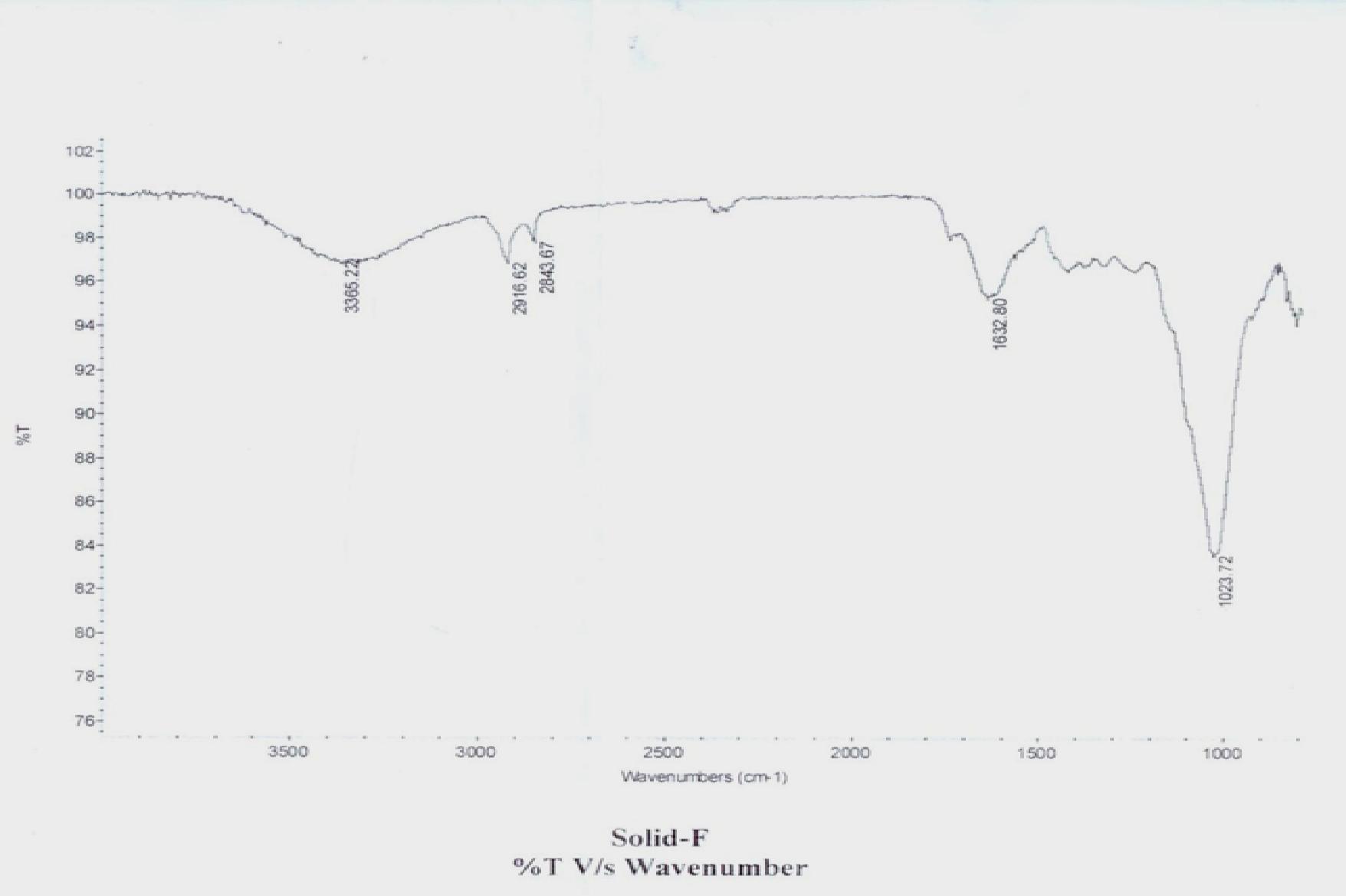Pharmacognostic and Phytochemical Investigation of Aerial Parts of Centella asiatica Linn
Keywords:
Centella asiatica, fluorescence analysis, pharmacognostic, physicochemical, phytochemical, NIR and FT-IR analysisAbstract
In Indo-Pak subcontinent, the traditional systems of medicine, both Ayurvedic and Unani are primarily based on the use of herbs and herb based preparation for therapy. Therefore, the importance of herbs identification process still remains the key factor in achieving the desired and successful therapeutic effect. To support the manufacturers and practitioners of both the systems, a huge quantity of herbs are still collected from wild source, as the herbal farming is not very much developed in this part of the world. During a survey program conducted in different areas of Pakistan, significant lacking and gaps were noted to be present in the identification & characterization of herbs which needs to be addressed and fulfilled as many species look alike apparently or physically but have different biological or pharmacological activity. Based on this objective and approach Centella asiatica was selected for pharmacognostic and preliminary phytochemical investigation to establish a better correlation and to provide useful methods in its identification as use of Centella asiatica is very common in Pakistan and other South Asian countries for CNS disorders therapy. Therefore, purpose of this study was to develop & report some and rapid identification method for Centella asiatica. The present study includes physical, physicochemical, preliminary phytochemical and fluorescence analysis. For the first time, in the present study NIR and FT-IR spectrum of Centella asiatica have been reported for identification. Finding of the present study are quite promising which can be helpful for the manufacturers and researchers in the identification and development of Centella asiatica based new drugs or formulations.
References
. Kurian A, Sankar MA. Medicinal
Plants: Horticulture Science Series -
New India Publishing Agency,
;300.
. Shakoor A, Akram M, Ashraf CM,
Siddiqui MR. Pharmacognostic
study and chemical/
pharmacological evaluation of
brahmi-buti. Hamdard
Medicus.1994;37(3):92-109.
. Brinkhaus B, Lindner M, Schuppan
D, Hahn EG. Chemical,
pharmacological and clinical profile
of the East Asian medical plant
Centella asiatica. Phytomed.
;7(5):427-48.
. Williamson EM. Major Herbs of
Ayurveda. Elsevier Health Sciences,
;102-104.
. Schwartz S. Psychoactive Herbs in
Veterinary Behavior Medicine.
Blackwell Publishing Ltd, 2005;194-
. Pole S. Ayurvedic Medicine, The
Principles of Traditional Practice,
Elsevier Health Sciences, 2006;187-
. Khare CP. Indian Medicinal Plants,
An Illustrated Dictionary.
Springer,2007;136-137
. James JT, Dubery IA. Pentacyclic
triterpenoids from the medicinal
herb, Centella asiatica (L.) Urban.
Molecules.2009;14(10):3922-3941.
. Ling KH, Kian CT, Hoon TC. A guide
to medicinal plants, An Illustrated,
Scientific and Medicinal Approach.
World Scientific Publishing Co. Pvt.
Ltd, 2009;44-46.
. World Health Organization. Quality
control methods for medicinal plant
materials. World Health
Organization, Geneva, 1998;2:11-
:38-40.
. USP 34-NF 29. United States
Pharmacopoeia 34 - National
Formulary 29. United States
Pharmacopeial Convention,
;139-140:193-194.
. Khandelwal KR. Practical
Pharmacognosy. Pragati Books Pvt.
Ltd, 2008;149-150
. Patil UK, Muskan K. Essentials of
Biotechnology. I. K. International
Pvt. Ltd, 2009;318.
. Pavithra PS, Sreevidya N, Verma
RS. Antibacterial and antioxidant
activity of methanol extract of
Evolvulus nummularius. Indian J.
Pharmacol. 2009;41(5):233-236.
. Kalaiarasan A, John SA.
Phytochemical Screening and
Antibacterial Activity of Sida
cordifolia L. (Malvaceae) leaf
extract, Int. J. Medicobiol. Res.
;1(2):94-98.
. Kokoski CJ, Kokoski RJ, Slama FJ.
Fluorescence of powdered
vegetable drugs under ultraviolet
radiation. J. American Pharm.
Assoc. 1958;47(10):715–717
. World Health Organization. WHO
monographs on selected medicinal
plants, volume 1. World Health
Organization, Geneva, 1999;77-85.



